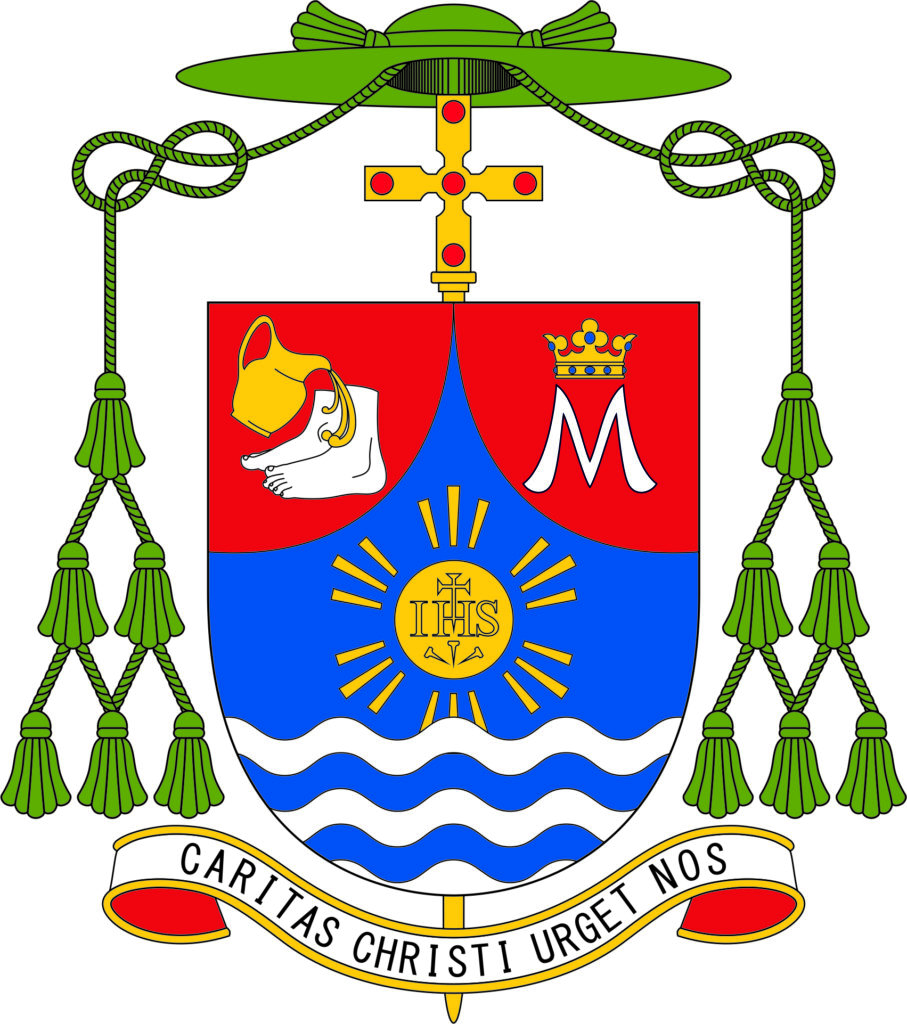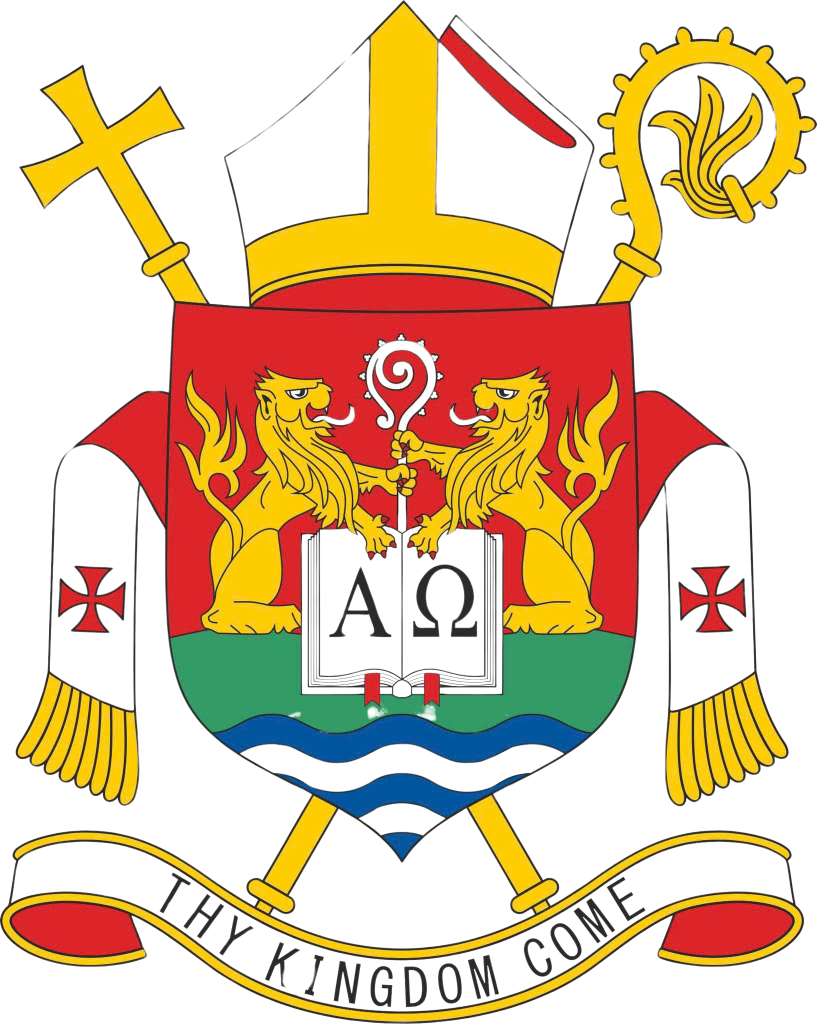Brief History of the Diocese of Aitape
Brief History of the Diocese of Aitape
The Catholic Diocese of Aitape, nestled between Vanimo and Wewak in Papua New Guinea, has a rich legacy of faith and mission dating back to the late 19th century.
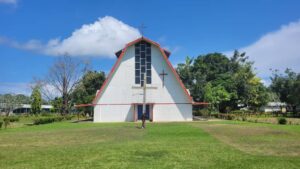
Founding Moments
Established in 1952, the mission began with Divine Word Missionaries on Tumeleo Island, bringing faith, education, and healthcare to local communities.
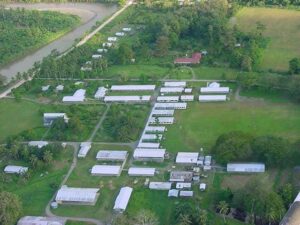
Growth & Evangelization
Throughout the 20th century, schools, clinics, and churches expanded under the dedication of missionaries and local leaders.
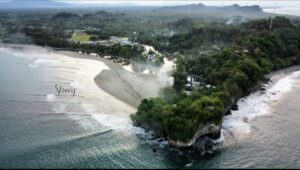
Formation of Local Leadership
Local vocations grew strong, with Papua New Guineans stepping into roles of clergy and religious, deepening roots of the Church in local culture.
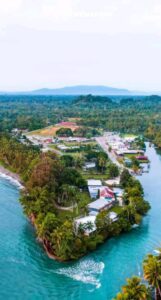
Milestones & Memories
Despite war and hardship, the faithful remained resilient, celebrating anniversaries, hosting gatherings, and renewing their mission.
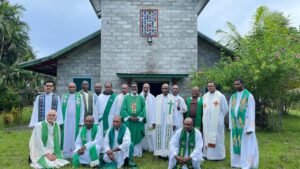
Looking Ahead
Grateful for the past and inspired by faith, the Diocese continues to nurture hope and development in the communities it serves.
Papua New Guinea is an emerging nation of more than 600 inhabited islands and 839 languages. The Catholic Diocese of Aitape is one of the earliest of the nineteen Catholic Church dioceses in Papua New Guinea, Oceania. It covers an area of 13,117 km², situated between Vanimo to the west and Wewak to the east. The majority of the people are subsistence farmers who live in village communities.
In 1881, Pope Leo XIII entrusted the missions of Eastern and Central New Guinea to the Society of the Divine Word (SVD). The first mission was established on Tumeleo Island, which later became part of the Diocese of Aitape. The missionaries arrived in Madang in August 1896 to establish the Prefecture Apostolic. A German plantation manager from Aitape, who happened to be in Madang, suggested Tumeleo Island as a healthier and strategic location. It took six weeks to transport men and materials to the island.
Though the missionaries brought prefabricated buildings and 50 tonnes of cargo, they still faced tremendous challenges: learning new languages, building trust with the locals, and understanding their customs. One of the greatest difficulties was explaining why they had come. While they opened a school, it was hard to keep children inside when the beach and sea were far more tempting. By 1914, there were 68 missionaries and six new mission stations along the coast. The Holy Spirit Sisters, who arrived in 1899, established schools, clinics, and a printing press. Tropical plants, cattle, and horses were brought from Java. Catechetical training centers sent pastoral assistants to new areas with a vision for both spiritual and social transformation.
Tumeleo soon proved too small and isolated to remain the center of a growing mission. Alexishafen, near Madang, became the new headquarters, offering better communication and facilities. To support themselves, the missionaries developed plantations, workshops, cattle farms, gardens, rice plots, and sea transport—critical during World War I, when trade ceased and German missionaries were restricted by the Australian administration. In 1920, New Guinea became a League of Nations mandated trust territory under Australia.
Despite the disruption of the war, the missionaries used the time to consolidate their work. Outstations and schools were opened around Wewak, and plantations were expanded. After the war, the mission territories of Eastern and Central New Guinea were formally divided. Fr. Joseph Loerks was appointed Prefect Apostolic of Central New Guinea. More missionaries arrived from Europe, and expansion continued along the coast and inland. Catechist schools became vital tools of evangelization, with Sisters playing an invaluable role in the formation of young men.
The Prefecture was later elevated to a Vicariate, and Mgr. Loerks was ordained bishop in Germany. By then, there were two bishops in New Guinea leading over 200 male and female missionaries. The future looked bright—until the outbreak of World War II. In 1942, the Japanese invaded, occupied Rabaul, and advanced to the mainland. All European civilians were evacuated, except the missionaries who chose to stay. Many were killed or imprisoned, and most mission facilities were destroyed. Yet catechists like Blessed Peter To Rot and Magdalena of Tumeleo continued the mission work with courage and faith.
After the war, Australia resumed control until 16 September 1975, when Papua New Guinea gained independence under a parliamentary system. In 1946, 18 priests and 14 brothers who had survived the war returned to the Sepik District, joined by 16 Franciscan friars who began working in the Aitape and Vanimo Districts. They staffed SVD stations and moved inland across the Torrecelli Mountains. The Franciscans quickly expanded their mission, which later became the Vicariate and then the Diocese of Aitape. Italian Franciscans expelled from China in 1952 also joined the work in Aitape. Franciscan Sisters arrived in 1949, followed by various congregations of Brothers and Sisters. In 1981, the Spiritans sent priests to assist the diocese.
The Catholic missionaries gave their lives in service to people living in remote, often semi-nomadic groups across challenging terrain. They crossed swamps, rivers, and rugged limestone ridges to provide spiritual, educational, and medical support from the earliest days of the mission.
Milestones of the Diocese:
• Prefecture Apostolic – 15 May 1952
• Vicariate Apostolic – 11 November 1956
• Vanimo separated – 13 September 1963
• Diocese established – 15 November 1966
Today, the Diocese of Aitape covers the eastern part of Sandaun Province, continuing the legacy of those first missionaries who planted the seeds of faith on the shores of Tumeleo Island.
